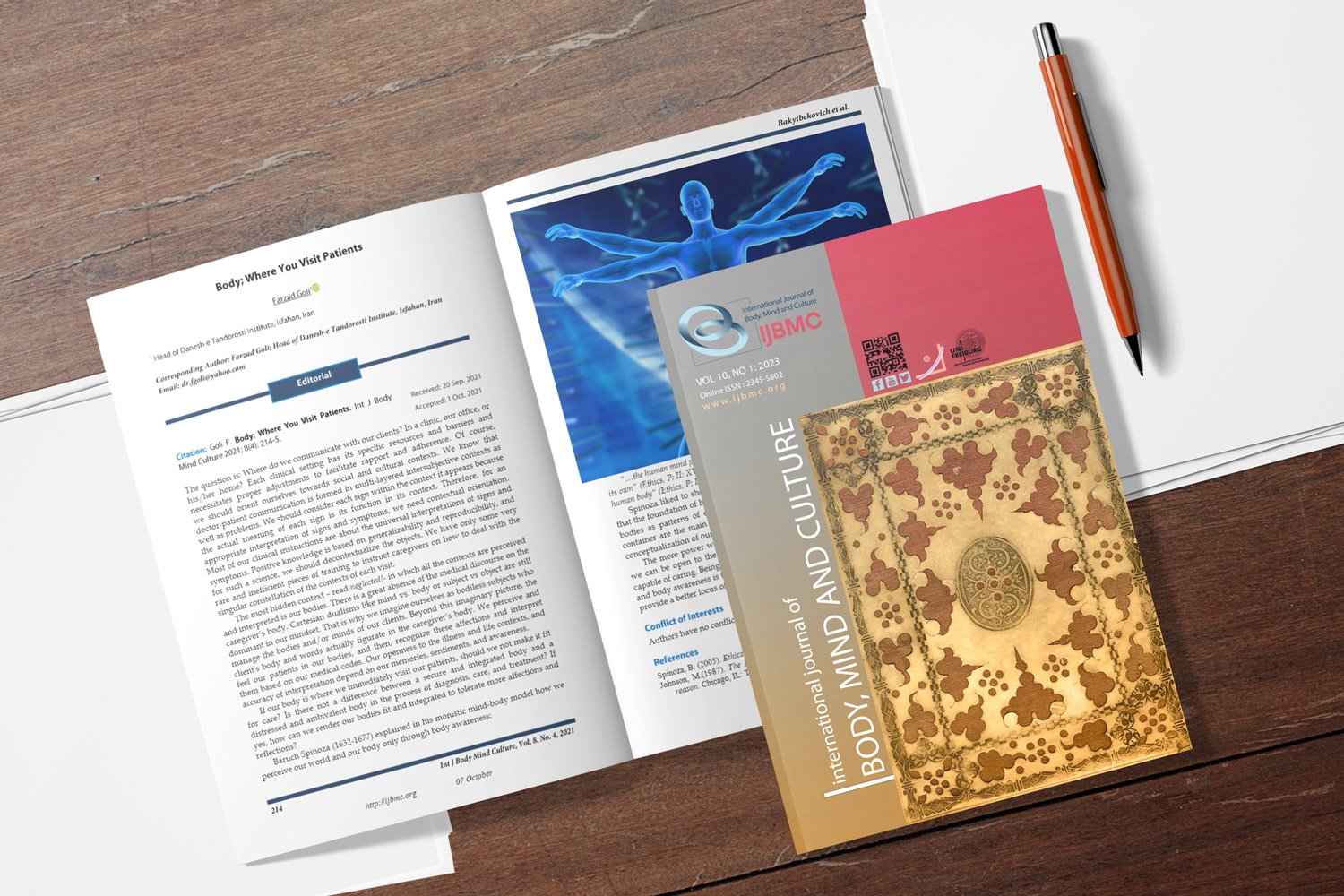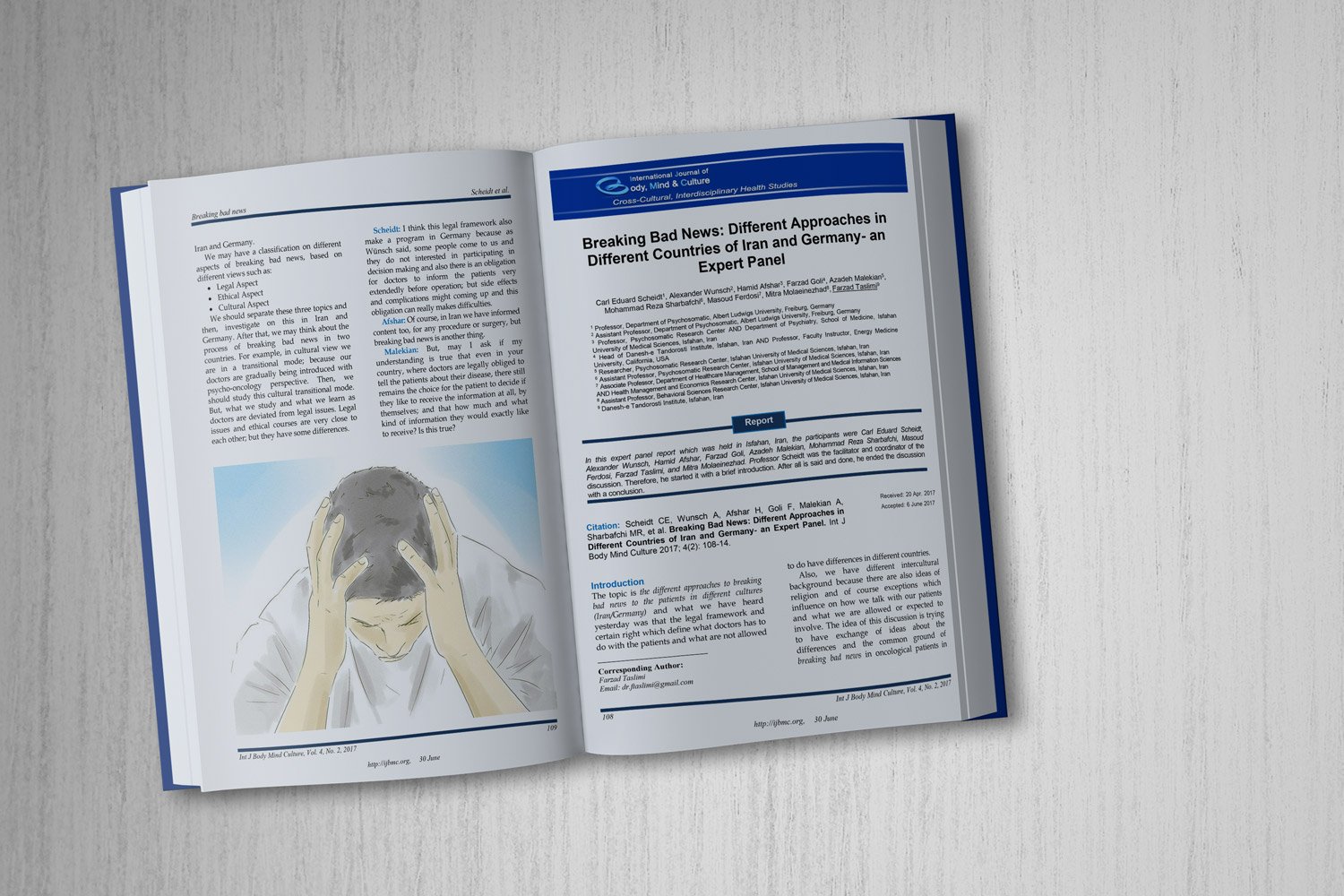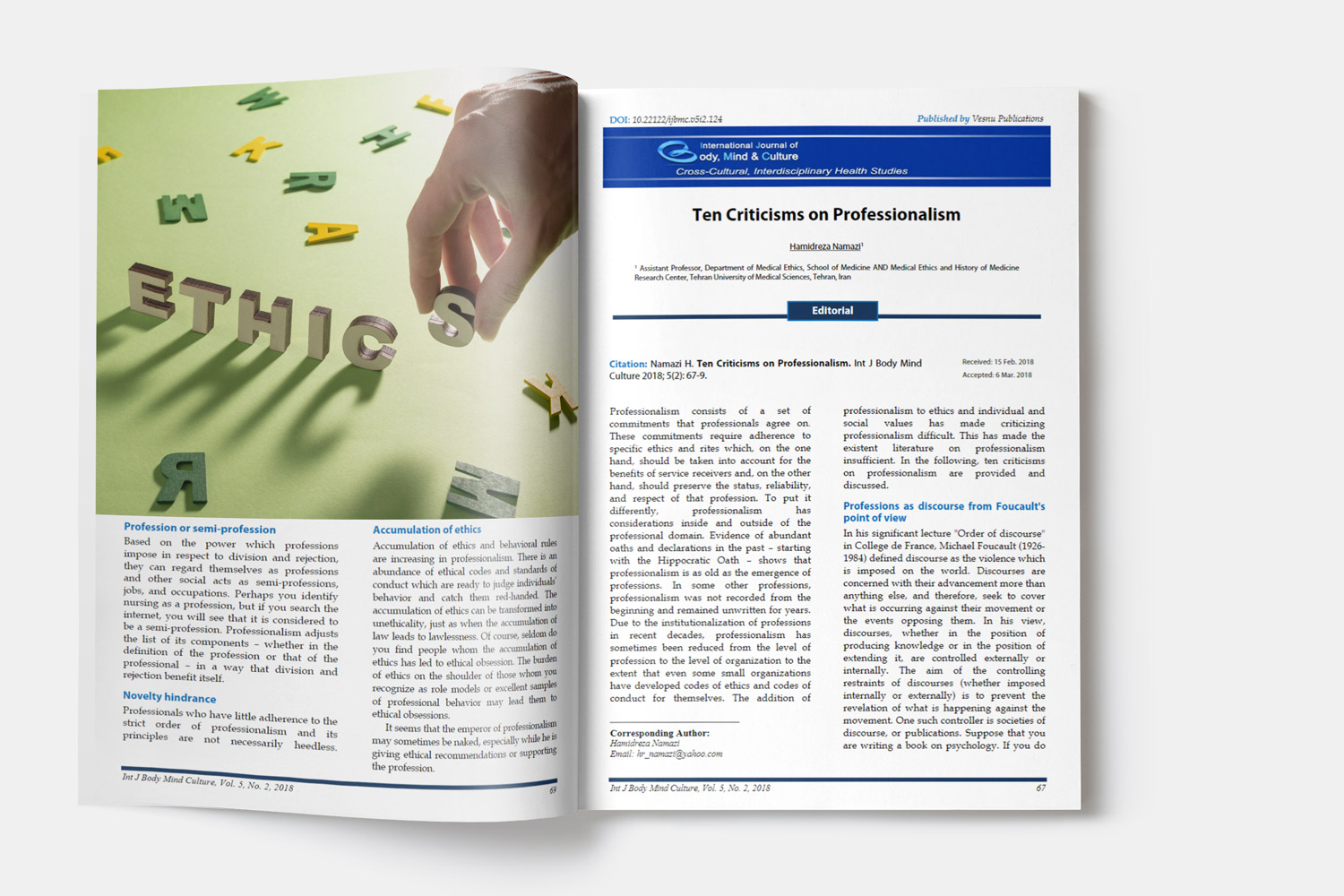Association between Lifestyle Factors and Hormonal Profile Among Primary Infertile Females
Downloads
Objective: The study aimed to investigate the association between lifestyle factors—such as stress, smoking, physical activity, and dietary habits—and hormonal profiles in women with primary infertility.
Methods and Materials: A cross-sectional study was conducted among 300 women with primary infertility (married for 12–18 months) who attended the Gynecology and Obstetrics Hospital in Ramadi Province, Iraq, from August to September 2023. Participants were selected using non-probability sampling. Data were collected through structured interviews that covered demographics and lifestyle behaviors, while hormonal tests were performed on days 4 and 21 of the cycle. Statistical analysis included descriptive measures (mean, SD), correlation coefficients, and significance testing at a 99% confidence level (p = 0.01).
Findings: The results showed that hormonal profiles indicated significant disturbances: 70% had reduced DHEA and vitamin D3, while more than half displayed elevated testosterone and prolactin. Approximately 50% of the participants exhibited increased FSH and LH levels, accompanied by low levels of estradiol and progesterone. Additionally, 40% of the participants had elevated AMH levels, while TSH levels remained within the normal range. Significant correlations were identified between obesity, age, smoking, diet, supplement use, and hormonal imbalances. Education level and living conditions were also related to vitamin D3, LH, testosterone, and dietary patterns.
Conclusion: Over half of the infertile women presented with hormonal disturbances strongly associated with age, obesity, smoking, and poor nutrition. The prevalence of diets high in carbohydrates, fats, and sweetened beverages underscores the urgent need for lifestyle and nutritional interventions to improve fertility outcomes.
Downloads
Agarwal, Anamar, A.-M., & Beena, J. P. (2021). The effects of oxidative stress on female reproduction: a review. Reprod Biol Endocrinol, 10(49). https://doi.org/10.22074/ijfs.2016.4764Ashok
Andrea, R., & Elena Santiago, R. (2025). Female hormone analysis: What should normal hormone levels be? https://vidafertility.com
Cameron, A., & Gunn, G. J. (2004). A practical approach to calculating sample size for herd prevalence surveys. Prev. Vet. Med.., 65, 173. https://doi.org/10.1371/journal.pmed.1001356
Capurso, C. (2021). Whole-Grain Intake in the Mediterranean Diet and a Low Protein to Carbohydrates Ratio Can Help to Reduce Mortality from Cardiovascular Disease, Slow Down the Progression of Aging, and Improve Lifespan: A Review. Nutrients, 13(8), 2540. https://doi.org/10.3390/nu8020087
Chen, S. N., Tsui, K. H., Wang, P. H., Chern, C. U., Wen, Z. H., & Lin, L. T. (2020). Dehydroepiandrosterone Supplementation Improves the Outcomes of In Vitro Fertilization Cycles in Older Patients With Diminished Ovarian Reserve. Frontiers in Endocrinology PY - 2019, 10. https://doi.org/10.3390/foods14010046
Chu, C., Tsuprykov, O. A. U. C. X., Elitok, S., Krämer, B. K., & Hocher, B. (2021). The relationship between vitamin D and hormones important for human fertility in Reproductive-Aged women. Frontiers in Endocrinology, 12. https://doi.org/10.11339/jtm.24.1
Colleran, H., Jasienska, G., Nenko, I., Galbarczyk, A., & Mace, R. (2014). Community-level education accelerates the cultural evolution of fertility decline. Proc R Soc B Biol Sci, 281(1789), 20132732. https://royalsocietypublishing.org/doi/abs/10.1098/rspb.2013.2732
Dag, Z. O., & Dilbaz, B. (2015). Impact of obesity on infertility in women. Journal of the Turkish-German Gynecological Association, 16(2), 111-117. https://doi.org/10.1098/rspb.2013.2732
Dolin, C. D., Deierlein, A. L., & Evans, M. I. (2018). Folic acid supplementation to prevent recurrent neural tube defects: 4 milligrams is too much. Fetal Diagnosis and Therapy, 44(3), 161-165. https://doi.org/10.1186/s12937-017-0257-2
El-Nahhal, Y. (2020). Pesticide residues in honey and their potential reproductive toxicity. The Science of the total environment, 741, 139953. https://doi.org/10.3390/ijms26052256
Fatemi, H. M., Kalafat, E., Melado, L., & et al. (2025). P-649 Personalizing IVF Stimulation: The Effect of BMI on Serum FSH Levels and Gonadotropin Requirements. Reproduction, 40(Supplement_1). https://doi.org/10.1007/978-3-030-30730-1_31
Fontana, R., & Torre, S. (2016). The Deep Correlation between Energy Metabolism and Reproduction: A View on the Effects of Nutrition on Women's Fertility. Nutrients, 8(2), 87. https://doi.org/10.1016/j.fertnstert.2012.11.037
Keane, K. N., Hinchliffe, P. M., Rowlands, P. K., & et al. (2018). DHEA Supplementation Confers No Additional Benefit to that of Growth Hormone on Pregnancy and Live Birth Rates in IVF Patients Categorized as Poor Prognosis. Frontiers in Endocrinology, 9. https://doi.org/10.3389/fendo.2019.00800
Koga, F., Kitagami, S., Izumi, A., & et al. (2020). Relationship between nutrition and reproduction. Reproductive Medicine and Biology, 19(3), 254-264. https://doi.org/10.3390/nu15051180
Kumar, A. N., Naidu, J. N., Satyanarayana, U., Ramalingam, K., & Anitha, M. (2010). Metabolic and Endocrine Characteristics of Indian Women with Polycystic Ovary Syndrome. DOAJ (DOAJ: Directory of Open Access Journals)PY - 2016, 10(1), 22-28. https://doi.org/10.1016/j.nut.2017.11.022
Łakoma, K., Kukharuk, O., & Śliż, D. (2023). The influence of metabolic factors and diet on fertility. Nutrients, 15(5), 1180. https://doi.org/10.3390/nu13082540
Liu, X., Chan, H. C., Ding, G., & et al. (2015). FSH regulates fat accumulation and redistribution in aging through the Gαi/Ca2+/CREB pathway. Aging Cell, 14(3), 409-420. https://doi.org/10.3389/fnut.2022.789833
Liu, Y., Xin'nan, Z., & Huan, W. (2022). Maternal pre-pregnancy. Body Mass Index Categories, and Infant Birth Outcomes: A Population-Based Study of 9 Million Mother-Infant Pairs. National Library of Medicine, 9, 789-833. https://www.frontiersin.org/articles/10.3389/fnut.2022.789833/full
Mahan, K., & Sylvia Escott, S. (2006). Krause's- Food Nutrition & Diet Therapy (Vol. 11th Edition). https://doi.org/10.1016/j.prevetmed.2004.07.003
Maurya, N. K. (2022). Libido-boosting functional foods. https://doi.org/10.1093/humrep/deaf097.955
Maya, N. M., Seth, R. F., Ties, B., & et al. (2012). National, regional, and global trends in infertility prevalence since 1990: a systematic analysis of 277 health surveys. PLoS Med, 9(12), e1001356. https://doi.org/10.1186/1477-7827-10-49
Mititelu, M., Lupuliasa, D., & Neacșu, S. M. (2024). Polyunsaturated Fatty Acids and Human Health: A Key to Modern Nutritional Balance in Association with Polyphenolic Compounds from Food Sources. Foods, 14(1), 46. https://doi.org/10.3389/fendo.2021.666687
Pieczyńska, J. (2017). Do celiac disease and non-celiac gluten sensitivity have the same effects on reproductive disorders? Nutrition, 48, 18-23. https://doi.org/10.1016/j.scitotenv.2020.139953
Ricci, E., Viganò, P., & Cipriani, S. (2017). Coffee and caffeine intake and male infertility: a systematic review. Nutrition Journal, 16(1). https://doi.org/10.1002/rmb2.12332
Shiroyama, T. (2007). Practice the use of Unkeito (Wen-jing-tang), a herbal medicine, in the management of women's health. Journal of Traditional Medicines, 24(1), 1-18. https://doi.org/10.5772/intechopen.108778
Skoracka, K., Ratajczak, A. E., & Rychter, A. M. (2021). Female Fertility and the Nutritional Approach: The Most Essential Aspects. National Institutes of Health's National Library of Medicine, 12(6), 2372-2386. https://doi.org/10.1186/s12958-020-0567-7
Tang, J., Xu, Y., Wang, Z., & et al. (2023). Association between metabolic healthy obesity and female infertility: the national health and nutrition examination survey, 2013-2020. BMC Public Health, 23(1). https://doi.org/10.1111/acel.12331
Thoma, M. E., McLain, A. C., Louis, J. F., & et al. (2013). Prevalence of infertility in the United States as estimated by the current duration approach and a traditional constructed approach. Fertil Steril, 99, 1324EP - 1331. https://www.sciencedirect.com/science/article/pii/S0015028212024491
Tomassetti, C., & D'Hooghe, T. (2018). Endometriosis and infertility: Insights into the causal link and management strategies. Best Pract Res Clin Obstet Gynaecol, 51, 25-33. https://doi.org/10.1016/j.fertnstert.2024.05.163
Trindade, F. (2020). Nutritional influences on hormonal health. https://doi.org/10.5152/jtgga.2015.15232
Van Der Ham, K., Laven, J. S. E., Tay, C. T., Mousa, A., Teede, H., & Louwers, Y. V. (2024). Anti-müllerian hormone as a diagnostic biomarker for polycystic ovary syndrome and polycystic ovarian morphology: a systematic review and meta-analysis. Fertility and sterility, 122(4), 727-739. https://doi.org/10.3389/fendo.2018.00014
Van Tienhoven, X. A., De Chávez Gascón, J. R., Cano-Herrera, G., & et al. (2025). Vitamin D in Reproductive Health Disorders: A Narrative review focusing on infertility, endometriosis, and Polycystic Ovarian syndrome. International Journal of Molecular Sciences, 26(5), 2256. https://doi.org/10.1159/000491786
Zhang, H. A. U. Q. S., Chen, J., & Chen, J. (2024). Association between tea, coffee and caffeine consumption and risk of female infertility: a cross-sectional study. Reproductive Biology and Endocrinology, 22(1). https://doi.org/10.1093/advances/nmab068
Copyright (c) 2025 International Journal of Body, Mind and Culture

This work is licensed under a Creative Commons Attribution-NonCommercial 4.0 International License.















